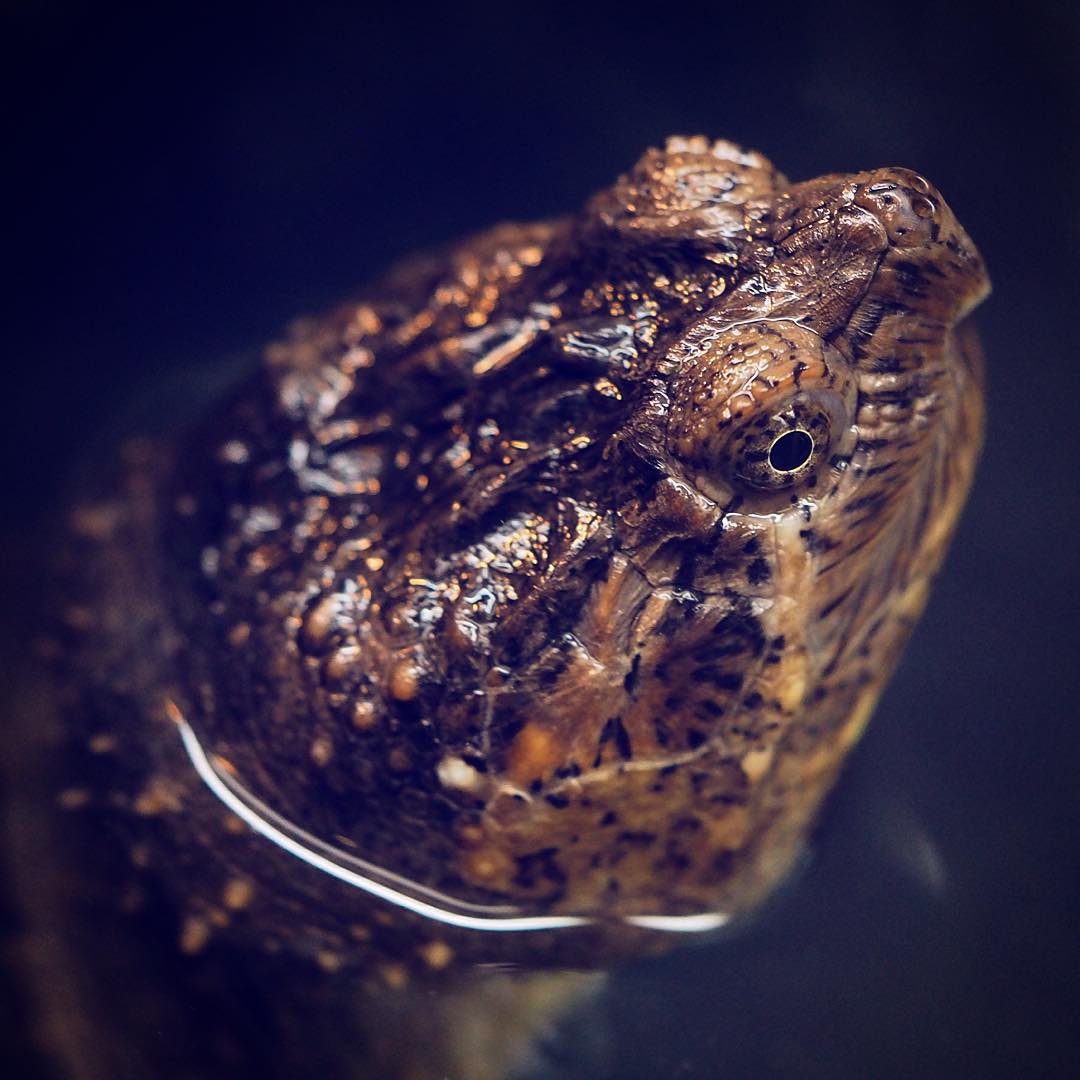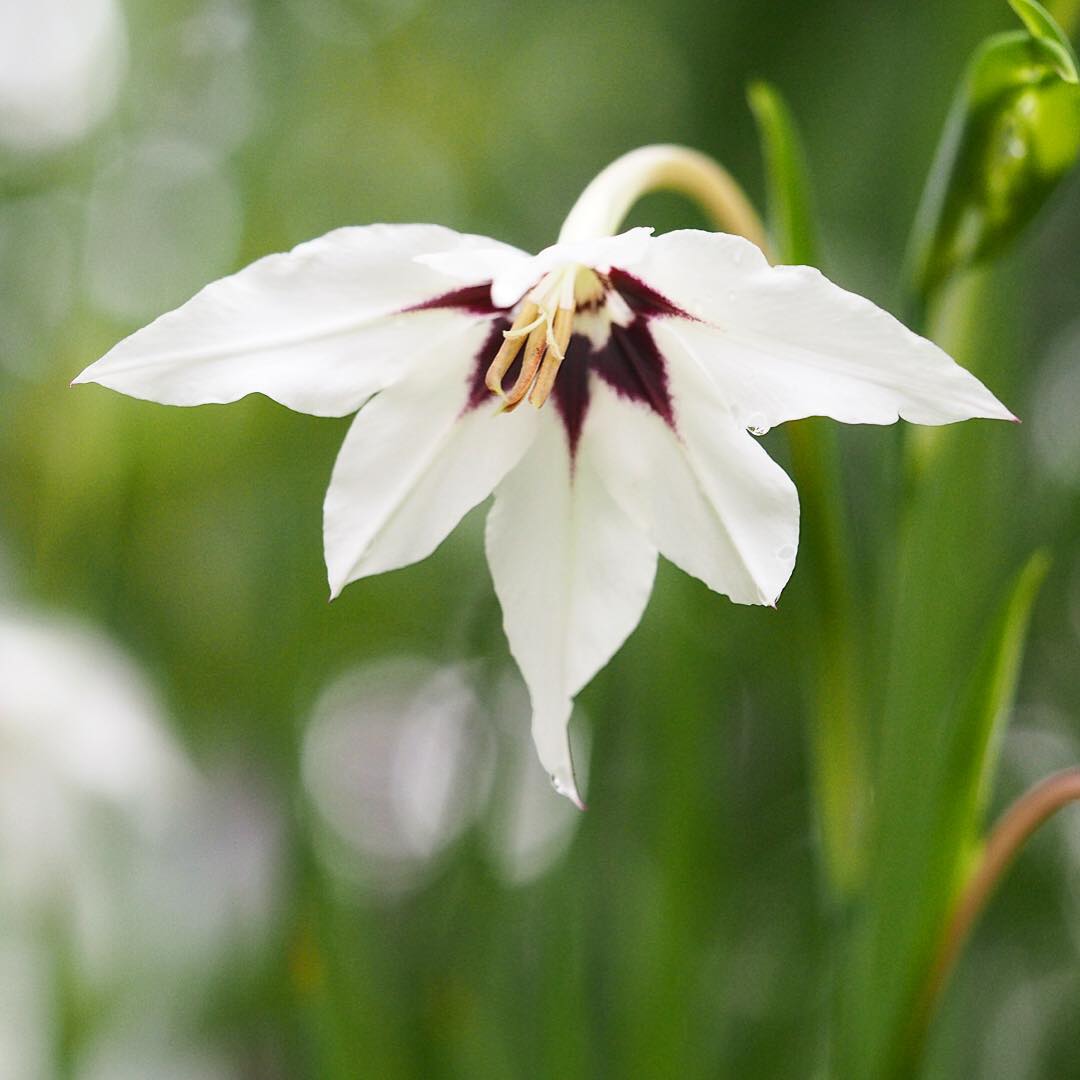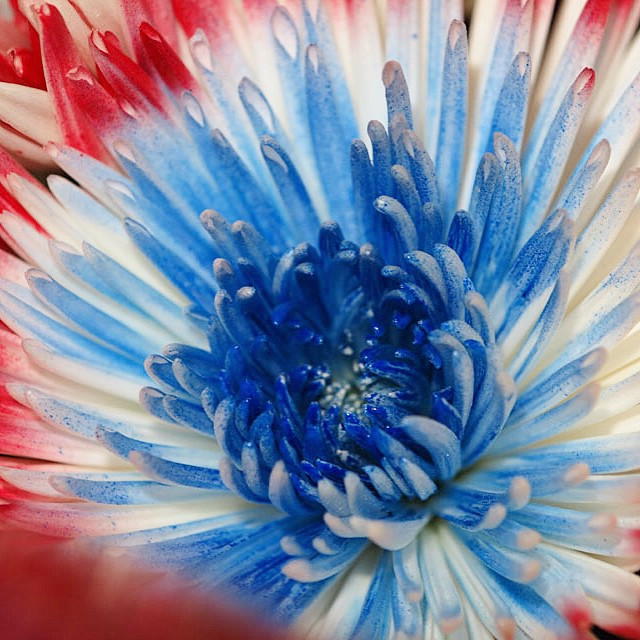
Years ago as a graduate student at Harvard I was part of a team documenting the first case of carnivory in bromeliads. We spent time in Venezuela studying Brocchinia reducta, a plant living in poor sandy and boggy soils that developed a way to eat insects as a means of getting nutrients. I have remained fascinated with animal eating plants ever since. Like something from a childhood horror film, it is unsettling to think of plants not as prey but predator.
Pitcher plants are one of those sneaky plants that turn the table by attracting insects with nectar secreted on the lip of the modified leaves, which are also very slippery. As insects feed, they sometimes lose their grip and fall down a slippery slope that leads to an ever-narrowing trumpet shaped tube, making it impossible for them to spread their wings and fly back out. Toward the bottom, there are hairs that are positioned to point down, so they can’t climb back out. Eventually they end up at the bottom of the plants, in the fluid containing digestive enzymes.
As might be expected given nature’s complexity, there is a species of grass-carrying wasp, Isodontia philadelphica, that plugs up the pitcher plant in order to provide a home for its maturing grub. At the North Carolina Arboretum’s pitcher plant display, this yellow jacket has no such evil intentions and is simply enjoying a tasty nectar snack. In its wildest insect dreams it couldn’t imagine the plant is plotting against it, never realizing just how close it’s living on the edge.



